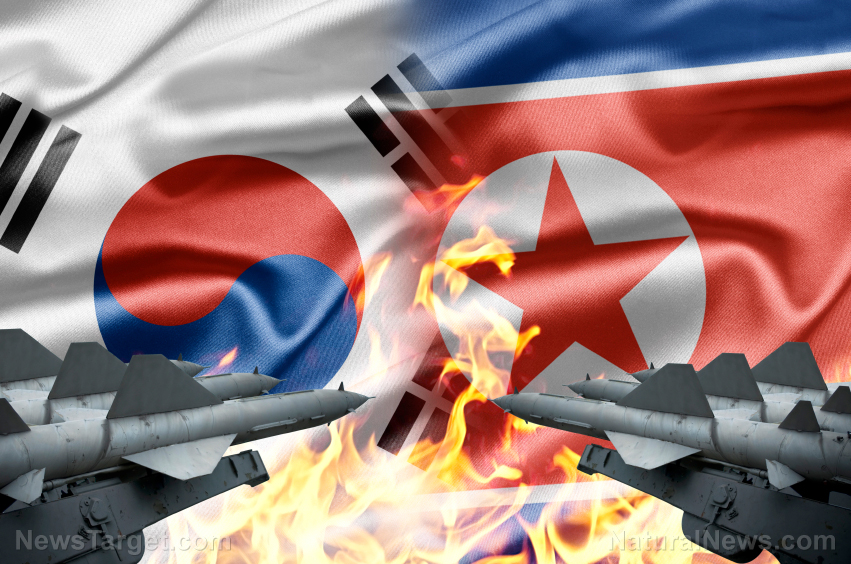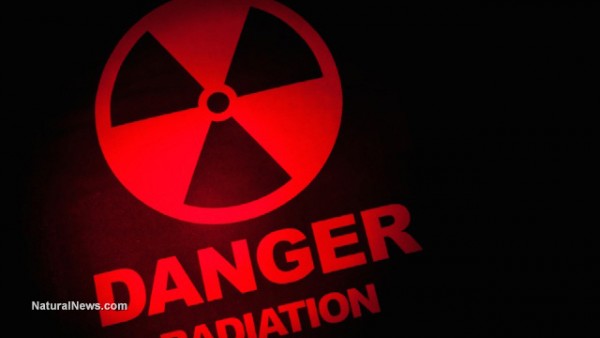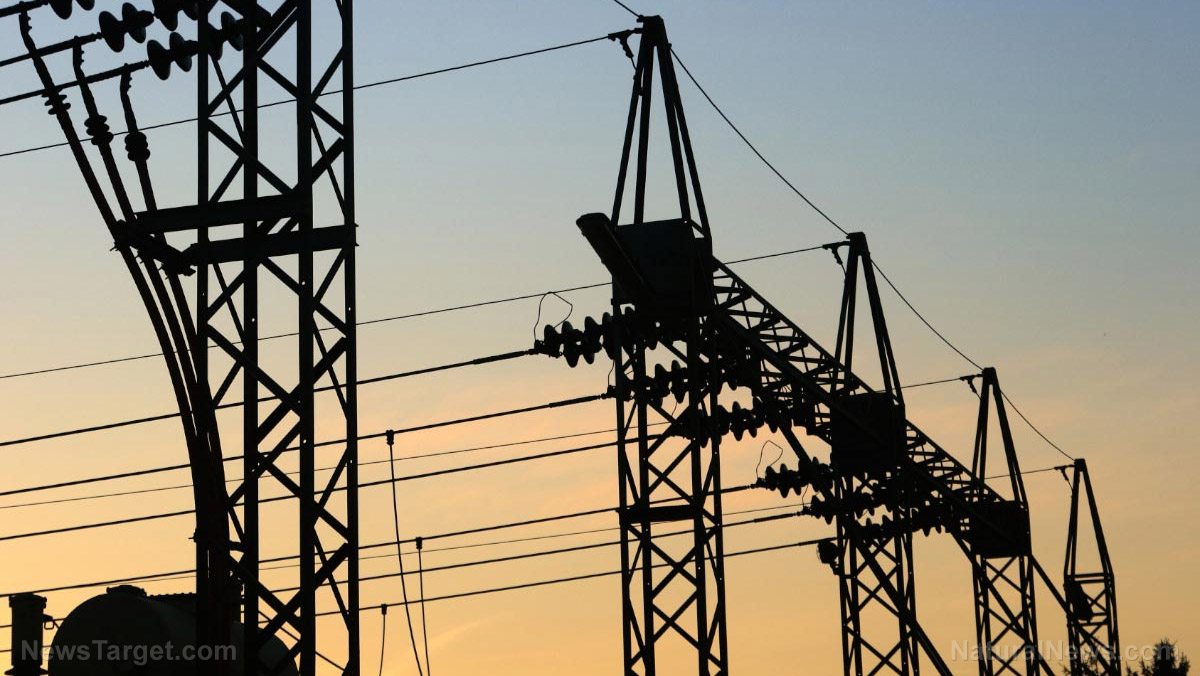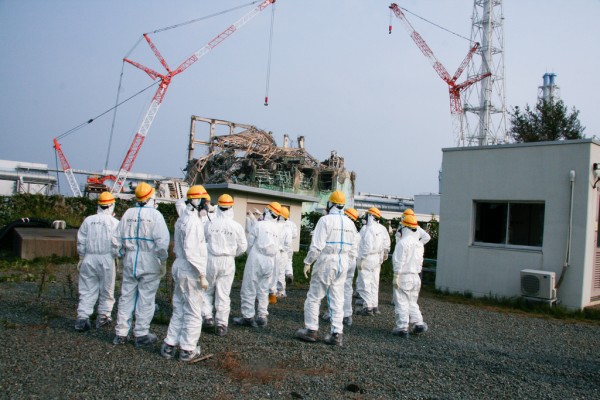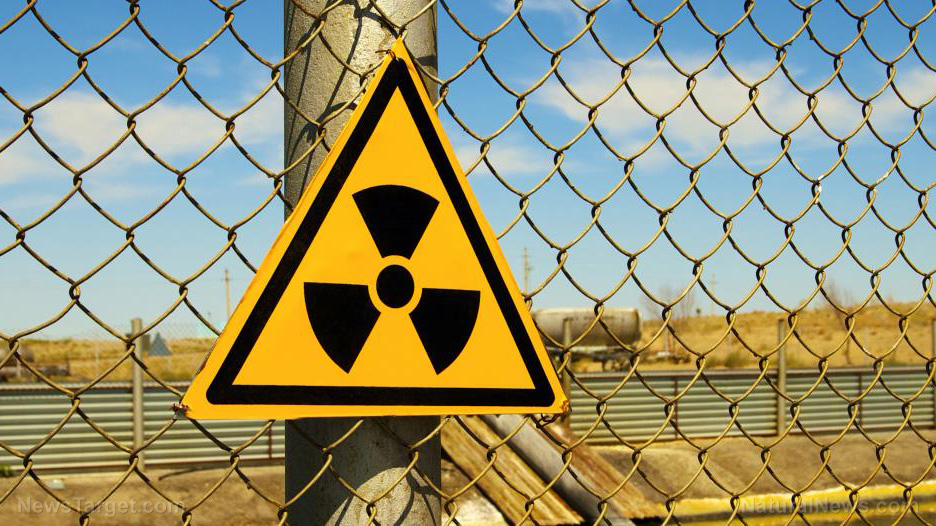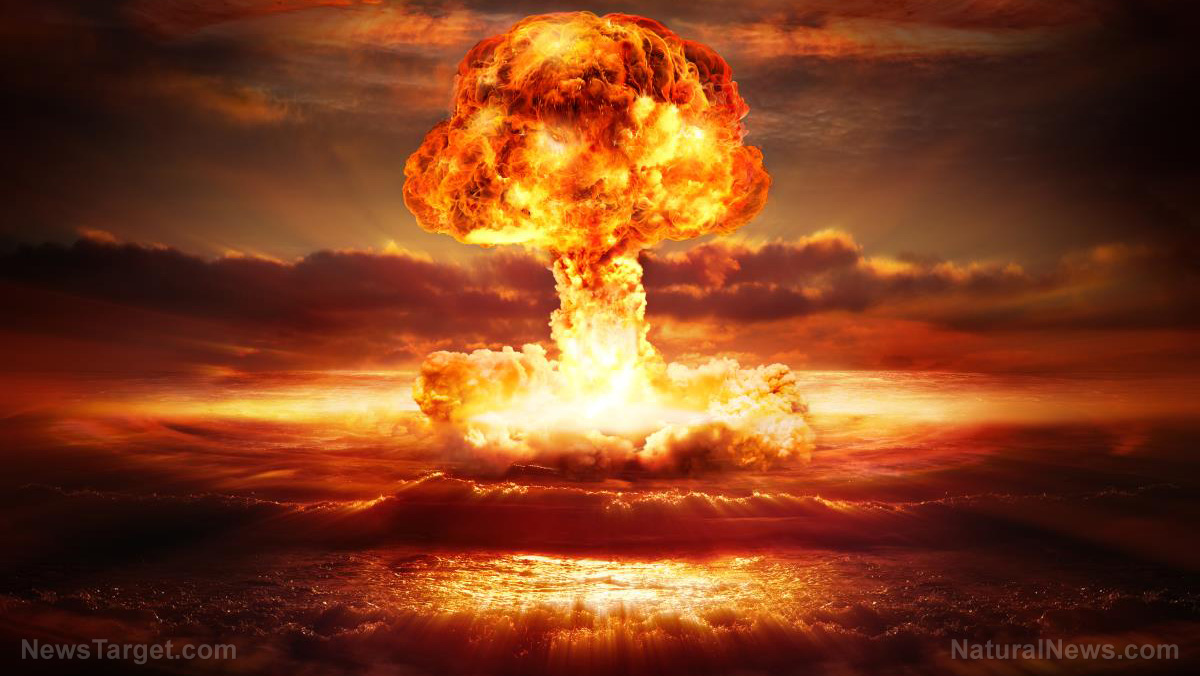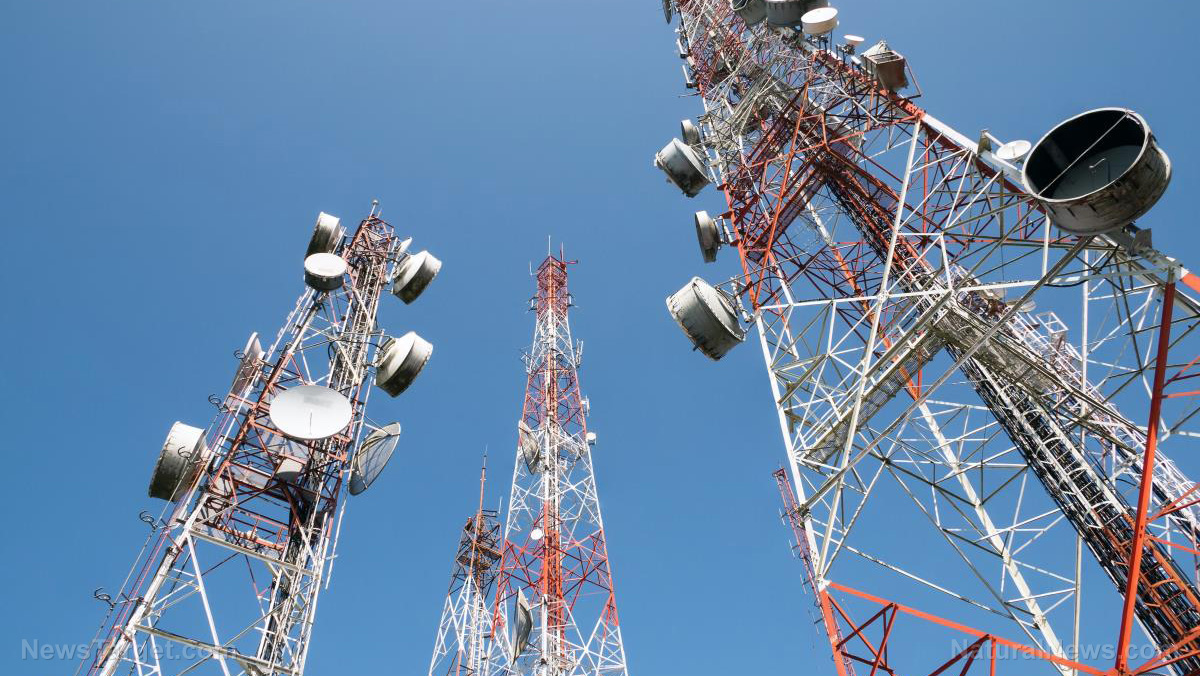Perhaps anticipating that the Trump administration and regional U.S. allies, including South Korea and Japan, are preparing to preemptively strike its nuclear weapons development program, North Korea is ramping up tests of ballistic missiles even as it works to perfect miniaturization of a nuclear warhead to place atop an ICBM.
The development program got a major boost over the weekend. A ballistic missile launched by the North on May 14 managed to successfully reenter the Earth’s atmosphere, a crucial test of performance vital to perfecting the design of a missile intended to hit targets thousands of miles away.
As reported by the U.K.’s Telegraph, the liquid-fueled Hwasong-12 missile’s reentry was confirmed by South Korean and U.S. defense officials.
Pyongyang earlier said the missile had reached a height of 1,312 miles before traveling about 490 miles and breaching Japan’s exclusive Air Defense Identification Zone then landing in the Sea of Japan, some 60 miles from Russia. (Related: Read Trump administration: Clock has ‘run out’ on North Korea.)
The missile is believed to have a maximum range of 2,800 miles, putting most of Asia in reach, including substantial U.S. military assets in the region.
The Telegraph noted further:
The missile took a steep parabolic route that tested its ability to survive reentry into the atmosphere, with North Korean state media reporting that the missile — capable of carrying a “large-size, heavy nuclear warhead” to target the U.S. mainland — had come through “the worst reentry situation” and truck its intended target.
South Korean government sources confirmed those claims, who told JoongAng Daily that further analysis of the data link between the weapon and the North’s missile control center confirmed it survived the 5,000 degrees Celsius (9,032 F) and extreme vibration upon reentering the atmosphere, the Telegraph reported.
That is one of the last hurdles to building survivable nuclear-tipped ICBMs. Now all the North has to do is perfect the process of affixing a warhead atop a missile, and then building one capable of reaching the U.S., as China, its erstwhile ally, and much of Russia are already in range.
Experts say they estimate it will take Pyongyang another three years to upgrade from the Hwasong-12, which is considered an intermediate range ICBM, to a missile that can hit the United States. But again, the latest test indicates the North has made a grand stride forward in its missile development.
It should also be noted that, following a number of test launches, North Korean technicians and scientists have mastered the ability to conduct long-range command-and-control over missiles, another key element. In addition, Pyongyang has conducted five previous successful underground nuclear weapons tests, demonstrating that the regime has the technology to produce them.
Because of the latest test results, the Telegraph reported, the Trump administration has elected to extend the deployment of the U.S.S. Carl Vinson aircraft carrier group in the Sea of Japan. The group was scheduled to depart the region after another carrier, the U.S.S. Ronald Reagan, was refitted at the U.S. naval base at Yokosuku, Japan.
The Reagan and its strike group launched to sea May 16 en route to the area where the Carl Vinson is currently stationed. Both aircraft carrier groups will conduct military drills alongside South Korean navy vessels in the coming weeks.
The development of the Hwasong-12 puts the Trump administration on a shorter timeline to have to deal with North Korea than any previous administration, which the president appears set to do with the deployment of two aircraft carrier battle groups and at least one Tomahawk-carrying Ohio-class submarine in recent weeks. Talks have been held with Chinese, Japanese and South Korean leaders, and it’s likely that North Korea was also a topic of discussion between U.S. and Russian diplomats as well.
Stay up-to-date and informed at Trump.news.
J.D. Heyes is a senior writer for NaturalNews.com and NewsTarget.com, as well as editor of The National Sentinel.
Sources include:
Telegraph.co.uk
TheNationalSentinel.com

